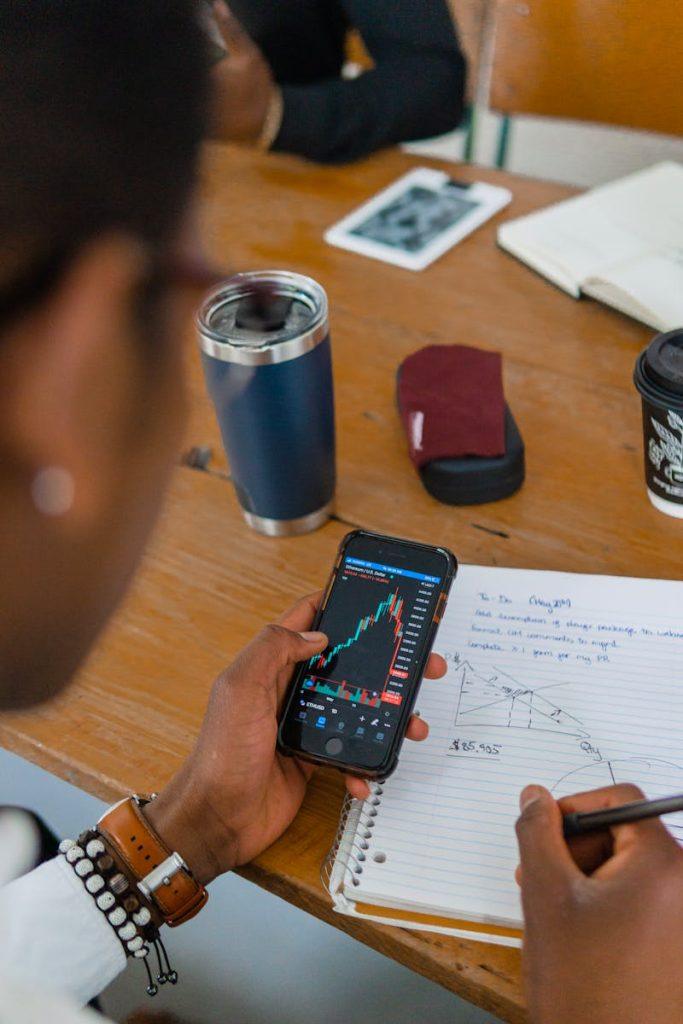
Define Your Why? Before you pick a stock or app, define WHY you want to invest. Are you saving for retirement, a house, or financial independence? Research shows that people who set clear, written goals are significantly more likely to succeed. Use the SMART framework: Specific, Measurable, Achievable, Relevant, Time-bound.
Reference: Dominican University of California. (n.d.). Goals Research Summary. https://www.dominican.edu





